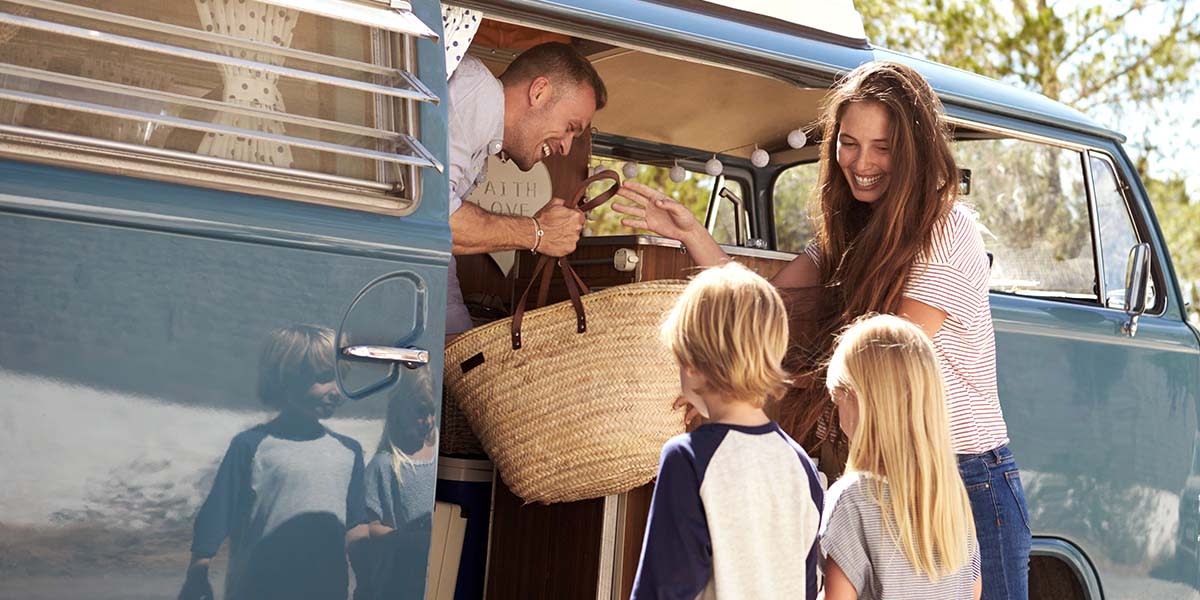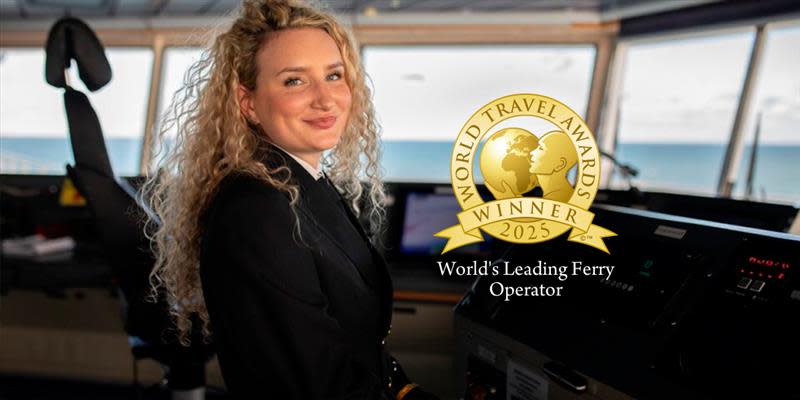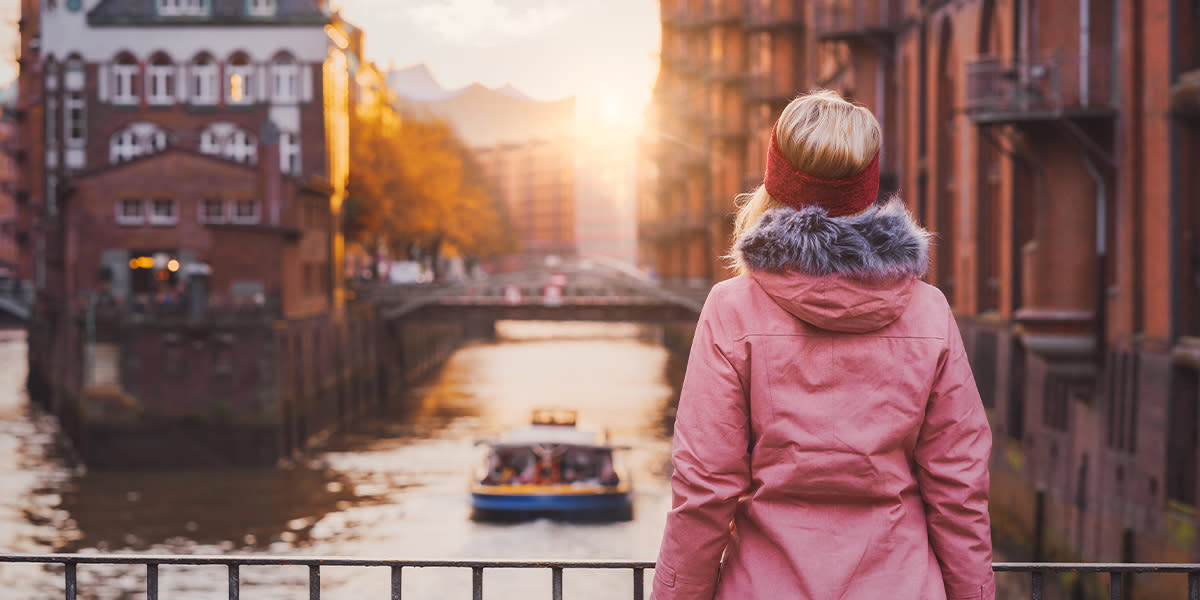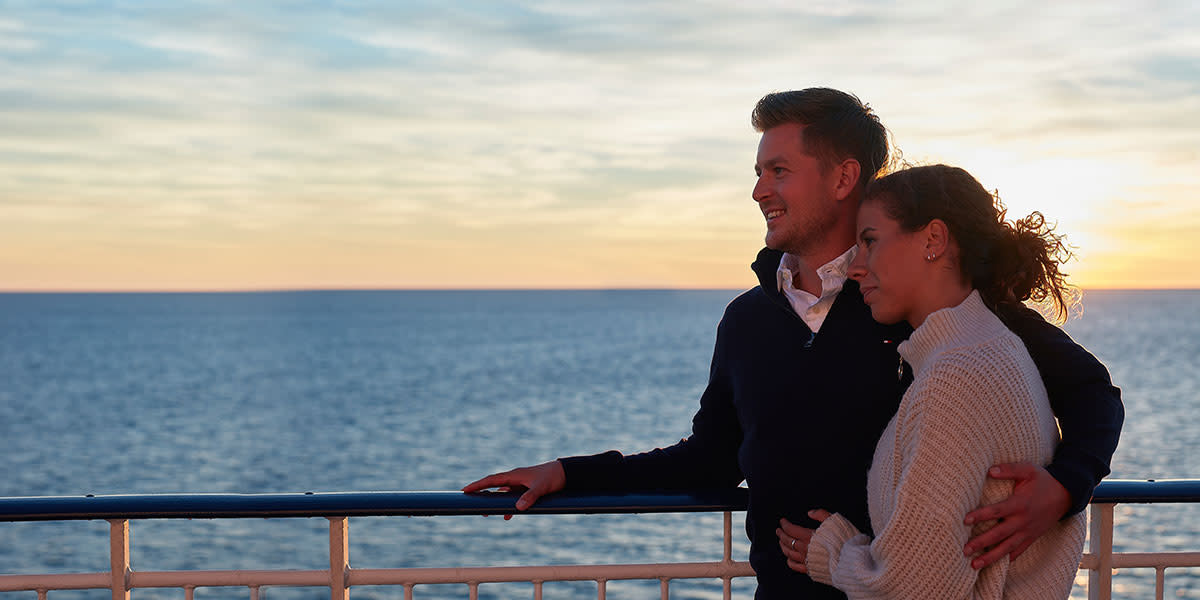
Camping in Germany
Germany by motorhome: 5 breathtaking routes
Germany is a treasure chest for travelers, where they can find cities renowned for their culture and architecture, fairytale castles, pristine beaches and cozy postcard-perfect towns. The best way to see all this beauty is by car, as well-maintained regional roads and toll free highways stretch all over the country. And which ones are the best to choose?
"The pandemic has brought back the boom in traveling by car and especially by camper. This was driven by a whole bunch of reasons: COVID restrictions, more expensive tickets, and a lack of workers led to additional challenges in air travel, and people began to value their transportation for greater safety during the pandemic and convenience. In addition, we have all learned to work remotely, so you can go on a longer trip, during which you get to know the guest country much more deeply," says Neringa Sinkevičienė, marketing campaign manager of the leading ferry operator in Europe, DFDS Seaways.
According to her, Germany is the perfect destination for those traveling by car or motorhome, because the Germans themselves like to travel this way, so the infrastructure for drivers is well developed. Germany's well-maintained roads have become a benchmark around the world, and almost everywhere they are free. "A big plus is the fact that there are more than 150 picturesque thematic routes in the country, some of which will take only a day, while others may take a week to complete. In order to devote as many of your vacation days as possible to exploring Germany, it is convenient not to waste time on a trip through Poland, but to take a ferry from Klaipėda to Kiel. Especially since in the north of Germany you will find roads of special beauty", promises N. Sinkevičienė.
DFDS invites you to get to know Germany on the country's most picturesque roads this summer:
Along the Baltic Sea
From: Lübeck
To: Rügen Island
Length: 417 km
Lithuanians already know Latvian and Polish coasts very well. Time to explore the German Baltic Sea coast as well. Here, historic towns such as Lübeck, Wismar and Stralsund are nestled against long stretches of wave-washed sand.
"The seaside trip reveals the stunning beauty of the Baltic coast - or the 'German Riviera' - and stretches along the northern edge of the country from Lübeck, famous for its medieval and Gothic architecture. The Hanseatic cities on the Baltic coast are among the most beautiful in Germany, perfect for scenic walks - you will be accompanied by architectural treasures created from countless millions of bricks," says N. Sinkevičienė.
The coast can be explored by driving along roads that run along the water, past beaches, sand dunes and coastal towns. Binz on the island of Rügen is the last stop of this trip and one of the most impressive highlights.
"The island of Rügen is famous for its bright white chalk cliffs and the same light and soft sand. This place has been loved by the Germans themselves for a long time, who built elegant resorts here with examples of amazingly beautiful wooden architecture. And Jasmund National Park is a combination of impressive white limestone cliffs, ancient beech forests and beautiful beaches washed by blue-green water," says the DFDS representative.
Alpine Road (Alpenstraße)
From: Lindau
To: Königssee
Length: 450 km
Germany's most beautiful lakes, green sun-drenched meadows, stunning Alpine panoramas, sharp mountain ridges, palaces, abbeys, as many as 25 majestic castles and more than 60 spa resorts. Do you need any more arguments why almost every traveler has added this road to their must-try list?
This spectacular stretch of road runs parallel to the Austrian border between the Bavarian town of Lindau on Lake Constance in the west and the Königssee near Berchtesgaden in eastern Bavaria. It ends near the baroque city of Salzburg in Austria.
"The beauty of this route is its diversity: one day you can explore one of King Louis II's castles, the next you can have a picnic in an Alpine meadow, and the next you can take a boat ride on a glass-smooth and clear Alpine lake." Of course, a must-see is the famous Neuschwanstein Castle, which even inspired Disney. On the way, you will also visit Lake Walchensee, which is one of the largest and deepest Alpine lakes in the country. It enchants with magical views - crystal clear and turquoise blue water surrounded by beautiful mountains. By the way, the Herzogstandbahn air gondolas are also nearby, with a breathtaking view opening up to the mountains," says N. Sinkevičienė.
It's worth a longer stop in Berchtesgaden, where you can visit a salt mine, see an underground lake and go down an old wooden roller coaster once used by miners. Berchtesgaden has a lot to offer, including historic World War II sites, amazing hiking spots, snow-capped mountains and beautiful architecture.
German Alley Road (Deutsche Alleenstraße)
From: Rügen Island
To: Lake Reichenau
Length: 2,900 km
This route is the longest in Germany, with seemingly endless avenues of trees leading through 10 federal states. The magical play of light and shadows on the roads is created by lindens, maples, oaks, fruit trees and birches planted more than 250 years ago, which were originally planted to guide travelers.
The initiative for the German Alley Road began in 1990, when there was concern after the fall of the Berlin Wall that the country's unique avenues of trees might be sacrificed in the name of road construction projects. Schutzgemeinschaft Deutscher Wald, ADAC and other associations started the project "Let's Save the Alleys", which is the basis of the German Alley Road today.
"Start your journey on the beautiful island of Rügen in the Baltic Sea with its soft sandy shores, elegant seaside resorts and the stunning beauty of the national park. The dense canopy of leaves overhead will lead you through the Harz Mountains, beautiful valleys, ancient forests, sunlit rivers and countless historical sites. You'll fall in love with the eye-catching villages of Goslar and Quedlinburg, maybe take a steam train ride to the top of the mountain, see where Bach was born and Goethe died, look around from the Wartburg Hill and contemplate the history written in the culturally rich cities of Erfurt, Weimar, Dresden and Leipzig," says N Sinkevičienė.
Märchenstraße
From: Hanau
To: Bremen
Length: 707 km
Childhood fairy tales come alive for those travelers who decide to take the road from the city of Hanau in central Germany to Bremen on the North Sea. The route connects the places where the legendary creators of fairy tales, the Brothers Grimm, were born, lived, studied and were inspired.
"Follow in the footsteps of the Shepherd (Hamelen), visit Snow White's hometown of Bad Wildungen and Little Red Riding Hood's home in Alsfeld, see Sleeping Beauty's castle and climb the tower where Rapunzel let her hair down, and take a selfie with the Four Musicians in Bremen." The route is dotted with picture-worthy towns and as many as 20 castles and palaces," says N. Sinkevičienė.
Almost all the towns along the Fairytale Road, decorated with statues of favorite fairy-tale characters, offer activities for families, such as puppet shows and parades. Throughout the year, fairy-tale places regularly host special events: festivals, open-air performances, exhibitions and medieval dinners.
Romantic Road (Romantische Straße)
From: Würzburg
To: Neuschwanstein Castle
Length: 350 km
Hardly any route in the world compares to the Romantic Road in Bavaria in terms of both beauty and popularity. This 400 km stretch contains the gems of Germany's nature, culture and history, and the changing landscapes surpass all expectations.
On the way, you can see Germany as if from a fairy tale - walled medieval cities with cobbled squares, crooked streets and colorful little houses. Walking through them, it seems as if time has stopped.
"It is optimal to spend 3-5 days on this route, but of course, you can travel it for two weeks at your leisure. The Romantic Road leads from the region of Würzburg, famous for its wine and baroque architecture, towards the southern border of Germany and the city of Füssen. On the way, you will visit the town of Rothenburg ob der Tauber, beautiful medieval Augsburg, Harburg Castle, the pilgrimage church Wieskirche, Hohenschwangau Castle, and for many, the culmination of the trip is the famous Neuschwanstein Castle," says the DFDS representative.
If you have more time, you can make a longer stop in Munich, which is the capital of Bavaria and a great place to enjoy Bavarian delicacies such as leberkäse (steak made of finely ground beef, pork, bacon and onions), germknödel (steamed sweet dumpling) or the famous schnitzel.
Our routes

Proudly named the World’s Leading Ferry Operator
We did it! We retained our titles as both Europe’s Leading Ferry Operator and the World’s Leading Ferry Operator again in 2025.
We were also once again recognised as having the best website in our industry – scooping both the European and World awards in 2025.
A heartfelt thank you to everyone who voted, and to our passengers, colleagues and partners who contribute to our continued success – we couldn’t do it without you all.



